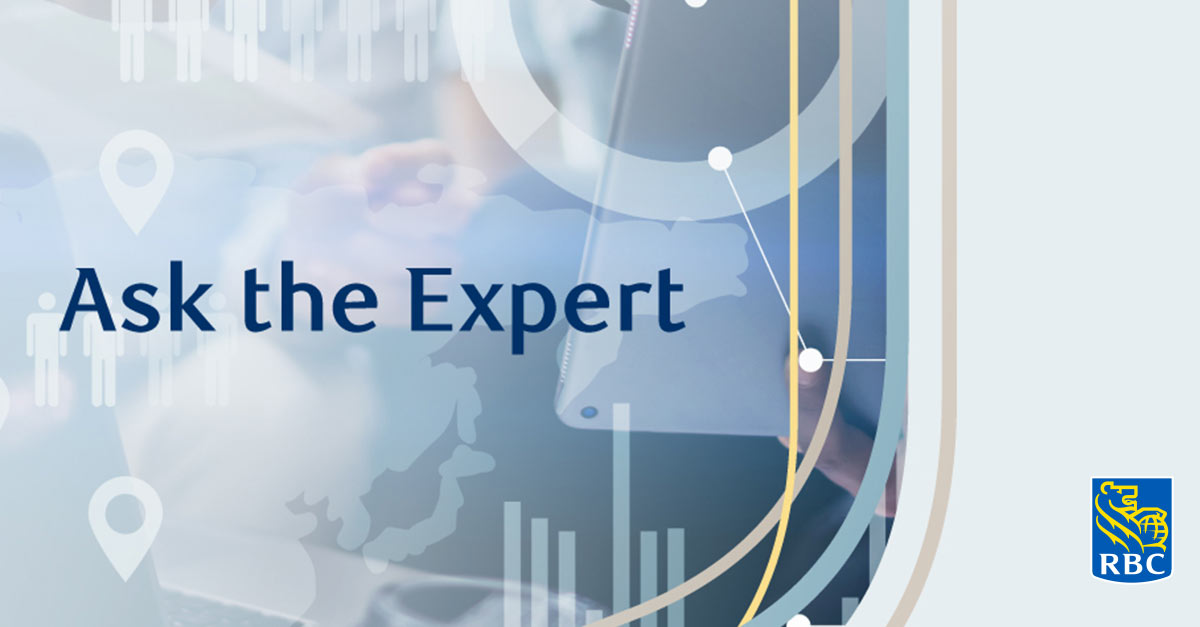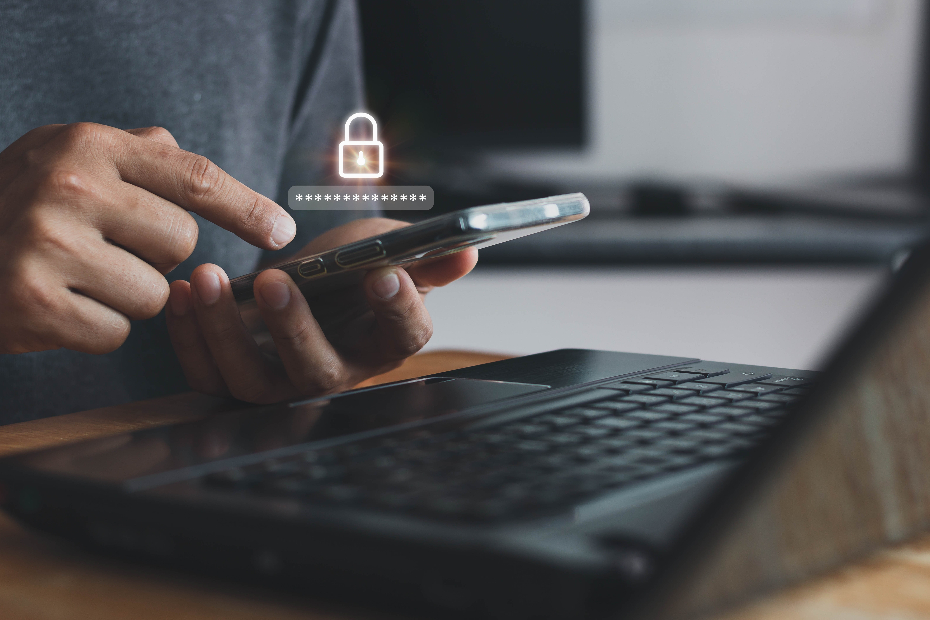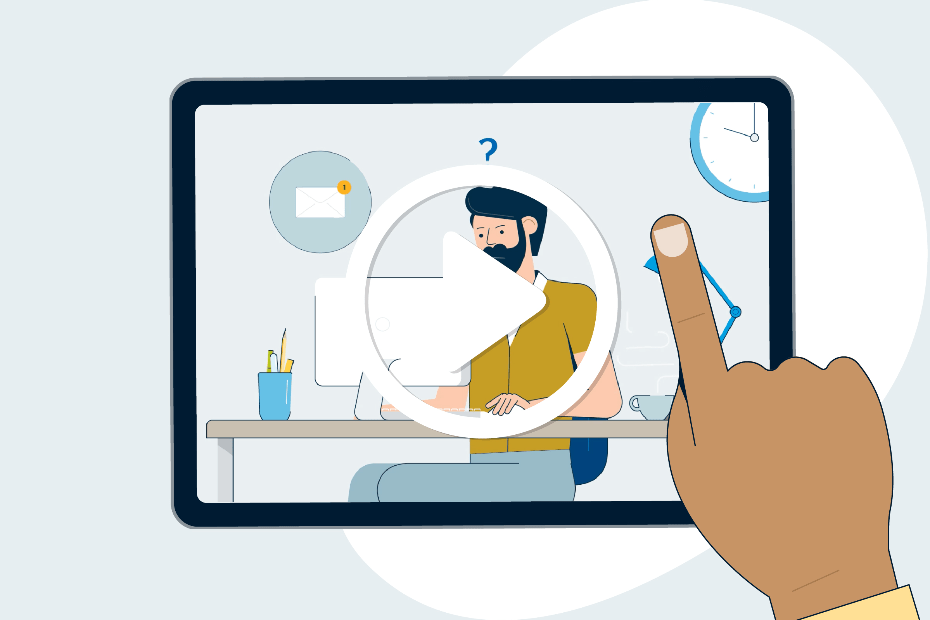How Can Mobile Banking Help You Protect and Manage Your Money?

Published July 9, 2021 • 4 Min Read
Mobile banking is one of the safest and most secure ways to manage your money. In a recent conversation, Liam Elliott, Senior Manager of Digital Identity and Security at RBC answers some questions about mobile banking, addressing common consumer concerns.
Q: How safe is it to do your banking on a cell phone?
“Banking through an app on your phone or tablet — also commonly referred to as mobile banking — is one of the safest ways to bank for a few reasons,” says Elliott.
For starters, there are many layers of security that work together to create a secure banking environment in mobile banking apps.
- Banks take great care to make online and mobile banking safe and secure, using a variety of technologies and security mechanisms to protect their clients’ financial information.
- Mobile phones tend to have built-in cryptographic (coded) hardware that can be leveraged to improve security and authentication. Think facial recognition, eye scanning, Touch ID, or other biometric identification features that come with many phones.
- The App Store and Google Play also have strict standards, and bank apps must go through extensive testing and verification before they are made available.
“From a technology standpoint, the hardware and software security features that exist on the phone make banking very secure,” says Elliott.
Q: More sites now require complex sign-ins. Do extra steps help protect information?
Multiple steps — typically known as “two-step verification” or “multi-factor authentication” — are an added security feature that asks users to provide two different types of information to prove their identity.
For example, you’ll need to prove that you own your phone, the associated cell number and are able to unlock it before being given the authorization to receive a code to input into a site or an app. Unless hackers get your phone, your phone passcode, your email address and your email password, they won’t be able to log in.
“Two-step verification gives us the advantage that if one channel — such as username/password — is compromised for any reason, we have alternative methods to reach out to you, and ensure another layer of security is used to protect against hackers accessing your banking information,” explains Elliott.
Q: What other mobile banking features can help boost security?
Card Lock and Interac e-Transfer Autodeposit are two features that add extra security to mobile banking.
Card Lock, for example, allows you to lock your card directly from your phone if you’ve misplaced it. “With this feature, you don’t need to worry that your card will be misused if it’s been lost or stolen,” says Elliott.
The Autodeposit feature for e-Transfer transactions also adds another layer of protection while adding more convenience. “Autodeposit acts as a security feature because it removes the step of having to enter and communicate a security question and answer,” Elliott says.
What’s more, Autodeposit helps protect you against email fraud. “With Autodeposit, there is no security question to email, answer or intercept,” says Elliott.
Q: How can monitoring accounts digitally help keep finances safe?
Besides giving you a clear view of your banking activity, checking your accounts regularly actually boosts the effectiveness of behind-the-scenes processes.
“At RBC, every time you check in with your accounts, we have a record of that,” explains Elliott. “If that check-in doesn’t fit the pattern, we will challenge you with a Personal Verification Question. We score each of your logins, and every transaction thereafter is monitored by the fraud department. If they see something unusual after a strange login, they can step in and stop a fraudulent transaction before it happens.”
Q: Lastly, what are easy things people can do to help keep their banking information safe?
“First and foremost, do not re-use your passwords,” urges Elliott. “Whatever password you’re using for your banking, use something else for other sites you log into.”
Also, setting up two-step verification is simple and you only have to set it up once and then you are better protected.
This article is intended as general information only and is not to be relied upon as constituting legal, financial or other professional advice. A professional advisor should be consulted regarding your specific situation. Information presented is believed to be factual and up-to-date but we do not guarantee its accuracy and it should not be regarded as a complete analysis of the subjects discussed. All expressions of opinion reflect the judgment of the authors as of the date of publication and are subject to change. No endorsement of any third parties or their advice, opinions, information, products or services is expressly given or implied by Royal Bank of Canada or any of its affiliates.
Share This Article





